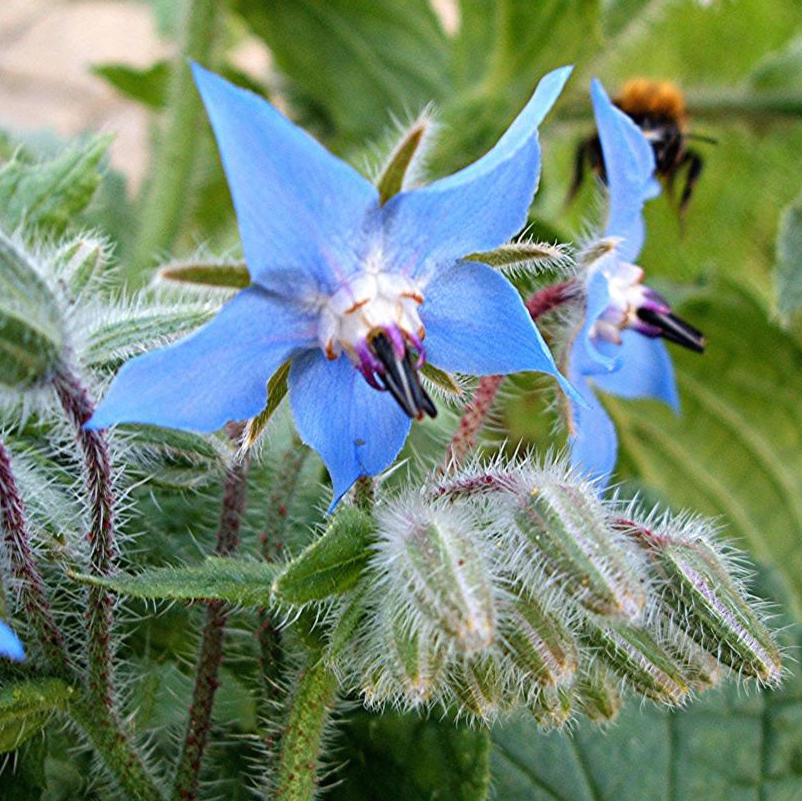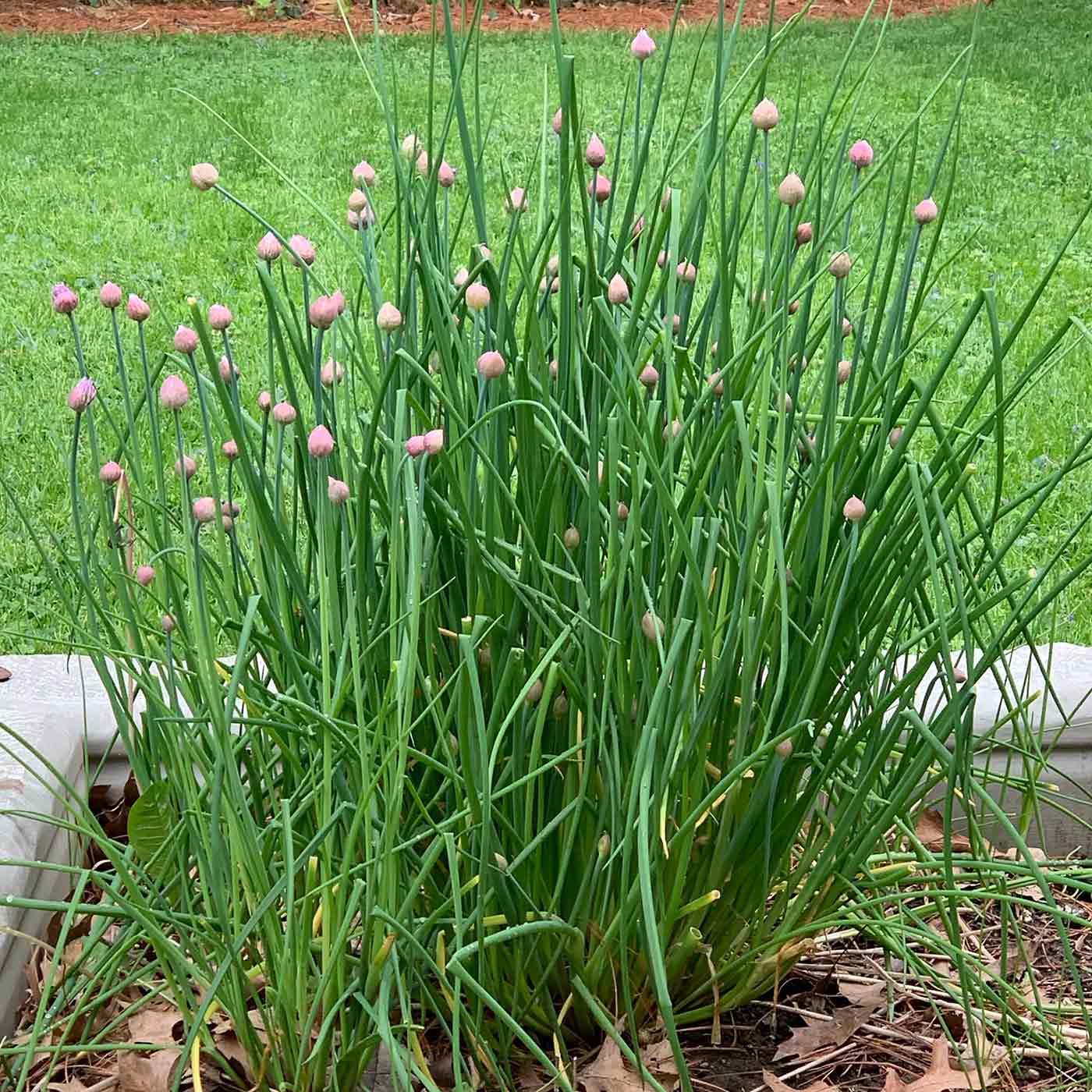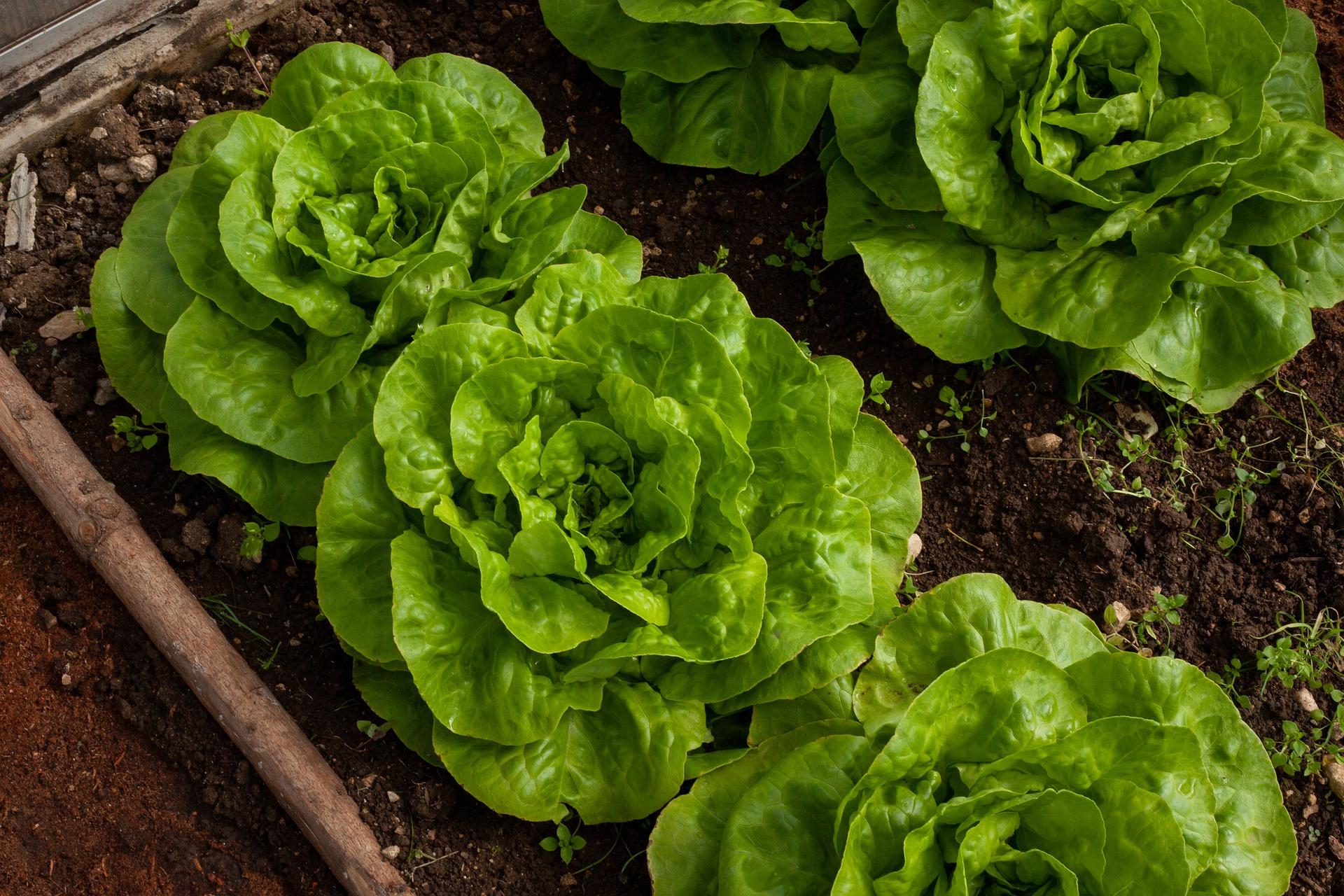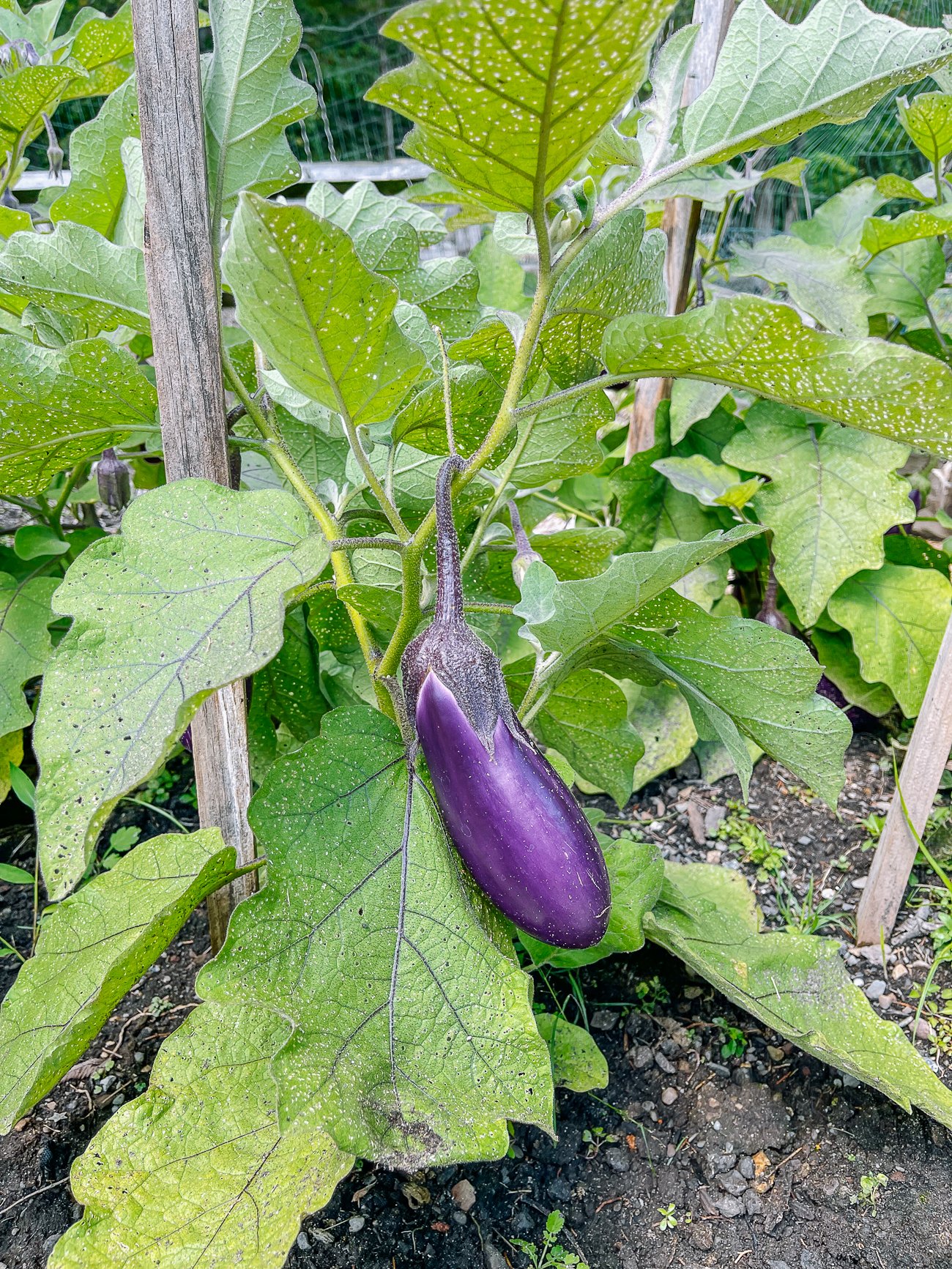The Ultimate Tomato Companion Planting Chart
The Ultimate Tomato Companion Planting Chart
Growing tomatoes is a rewarding experience, but it can also be challenging. One way to make it easier is to use companion planting. Companion planting is the practice of planting certain plants together to benefit each other.
There are many different plants that can be companion plants for tomatoes. Some of the best include:
- Basil: Basil is a classic companion plant for tomatoes. It helps to deter pests and improve the flavor of tomatoes.
- Marigolds: Marigolds are another great companion plant for tomatoes. They help to repel nematodes, which can damage tomato roots.

- Nasturtiums: Nasturtiums are a beautiful and edible flower that can also help to deter pests. They attract beneficial insects, such as ladybugs, which help to control pests.

- Borage: Borage is a flowering herb that attracts pollinators, such as bees and butterflies. These pollinators help to improve the pollination of tomatoes, which can lead to a larger harvest.

- Chives: Chives are a member of the onion family, and they help to repel aphids and other pests. They also add flavor to salads and cooked dishes.

- Lettuce: Lettuce is a cool-season crop that can be planted around tomatoes to help suppress weeds and improve the soil.

- Carrots: Carrots help to loosen the soil around tomatoes, which can improve drainage and aeration.
In addition to these plants, there are a few that should be avoided when planting with tomatoes. These include:
- Cabbage: Cabbage and other members of the brassica family can compete with tomatoes for nutrients.

- Potatoes: Potatoes and tomatoes are both susceptible to the same diseases, so planting them together can increase the risk of infection.

- Eggplant: Eggplant and tomatoes are both members of the nightshade family, and they can cross-pollinate. This can lead to the production of fruits that are not as flavorful.

When planting tomatoes with companion plants, it is important to consider the spacing requirements of each plant. Some plants, such as marigolds and nasturtiums, can be planted close together, while others, such as carrots and lettuce, need more space.
It is also important to consider the sun exposure requirements of each plant. Tomatoes need full sun, so they should not be planted with plants that need partial shade.
By following these tips, you can create a thriving tomato garden with the help of companion planting.
Tomato Companion Planting
Tomatoes are a delicious and versatile vegetable that can be enjoyed in many different ways. But did you know that companion planting can help you grow healthier and more productive tomato plants?
Companion planting is the practice of planting certain plants together for their mutual benefit. Some plants, such as basil and tomatoes, are natural companions that help each other thrive. For example, basil helps to repel pests that can damage tomatoes, while tomatoes provide support for basil to climb.
There are many other beneficial companion plants for tomatoes, including marigolds, nasturtiums, and chives. These plants can help to attract pollinators, improve soil quality, and deter pests.
If you're interested in learning more about tomato companion planting, I recommend visiting Gardenia Inspiration. This website has a comprehensive companion planting chart that lists the best plants to grow with tomatoes. You can also find tips on how to arrange your garden for optimal growth.
FAQ of tomato companion planting chart
Q: What are the benefits of companion planting with tomatoes?
A: There are many benefits to companion planting with tomatoes. Some of the most common benefits include:
- Reducing pest and disease pressure: Certain companion plants can help to repel pests and diseases that can damage tomato plants. For example, marigolds are known to repel nematodes, which can damage tomato roots. Basil can also help to repel aphids and whiteflies.
- Improving soil health: Some companion plants can help to improve soil health by adding nutrients or aerating the soil. For example, beans and peas are nitrogen-fixing plants, which means they can add nitrogen to the soil. This can benefit tomato plants, which need nitrogen for healthy growth.
- Attracting beneficial insects: Some companion plants attract beneficial insects, such as ladybugs and lacewings. These insects can help to control pest populations naturally. For example, nasturtiums are known to attract aphid-eating ladybugs.
- Creating a more attractive garden: Companion planting can also create a more attractive garden. For example, planting marigolds and nasturtiums with tomatoes can add a splash of color to your garden.
Q: What are some good companion plants for tomatoes?
A: Some of the best companion plants for tomatoes include:
- Basil: Basil is a classic companion plant for tomatoes. It helps to repel aphids, whiteflies, and tomato hornworms. It also improves the flavor of tomatoes.
- Marigolds: Marigolds help to repel nematodes, which can damage tomato roots. They also attract beneficial insects, such as ladybugs and lacewings.
- Onions: Onions help to repel aphids, thrips, and spider mites. They also improve the flavor of tomatoes.
- Chives: Chives help to repel aphids and other pests. They also improve the flavor of tomatoes.
- Lavender: Lavender helps to repel moths and other pests. It also has a calming effect, which can be beneficial for gardeners.
Q: What are some plants that should not be planted near tomatoes?
A: Some plants that should not be planted near tomatoes include:
- Members of the nightshade family: This includes potatoes, eggplants, and peppers. These plants can attract the same pests and diseases as tomatoes.
- Brassicas: This includes cabbage, broccoli, and cauliflower. These plants can compete with tomatoes for nutrients and water.
- Fennel: Fennel can inhibit the growth of tomatoes.
- Dill: Dill can attract pests that can damage tomatoes.
- Walnuts: Walnut trees release a toxin that can stunt the growth of tomatoes.
Q: How far apart should tomatoes be planted?
A: The distance between tomato plants depends on the variety of tomato and the growing conditions. In general, tomatoes should be spaced 2-3 feet apart. However, some varieties, such as determinate tomatoes, can be spaced closer together.
Image of tomato companion planting chart
5 different images of "tomato companion planting chart" from Pinterest:
- Image 1: This chart shows the best companion plants for tomatoes, as well as those that should be avoided.

- Image 2: This chart shows the benefits of companion planting tomatoes with other plants, such as attracting beneficial insects, deterring pests, and improving soil quality.

- Image 3: This chart shows the ideal spacing for tomatoes when planted with other companion plants.

- Image 4: This chart shows a visual representation of companion planting tomatoes with other plants.

- Image 5: This chart is a printable version of the companion planting chart for tomatoes.

Post a Comment for "The Ultimate Tomato Companion Planting Chart"